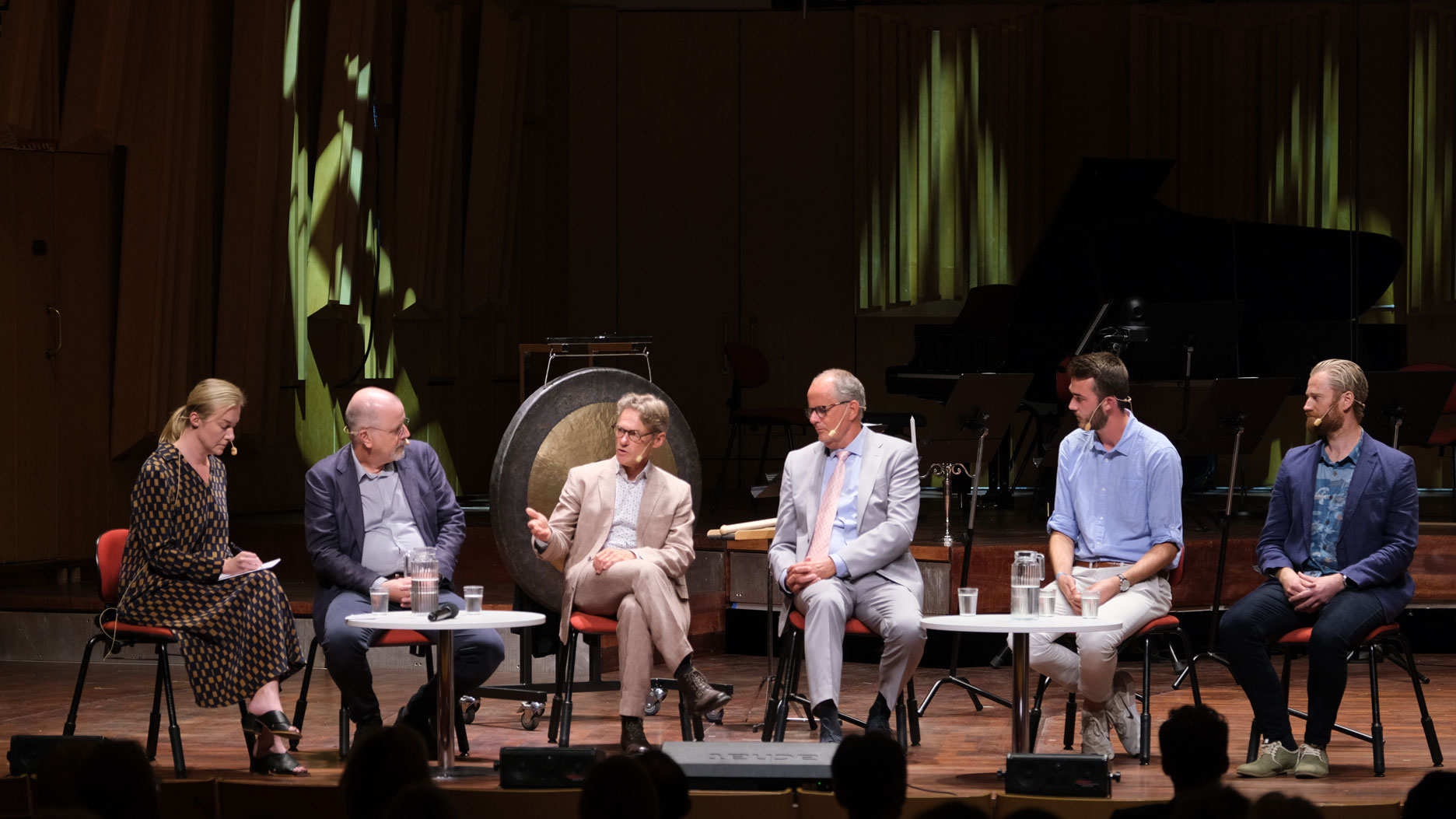The School of Architecture and the Built Environment represented KTH at the Baltic Sea Festival

The Baltic Sea Festival is an annually recurring event that takes place in Berwaldhallen concert hall in Stockholm. It is a meeting place for superb concert experiences and initiatives that contribute to a sustainable Baltic Region. This year’s festival focused especially on the importance of education for an open, civilised and sustainable society.
KTH was represented in the festival by David Nilsson – docent in technology and science history and Deputy Head at the School of Architecture and the Built Environment – who participated in a panel discussion called “The Baltic Sea – Why should we care?”.
How come you were part of the panel and what did you talk about?
“I got to replace Zahra Kalantari, my successor as director for “Water Centre @ KTH” who was unable to attend. The festival wanted someone who could talk about research and innovation. My contribution was about concrete solutions for the Baltic Sea that KTH is developing in KTH Baltic Tech Initiative, e.g. recycling phosphor from sediment in shallow bays, developing and improving wetlands, new sensors that record data and more environmentally friendly boats.”
Was there anything particular in the discussion that stuck with you?
“The panel was broad with an economist, a researcher in climate justice and a representative for the World Wildlife Fund, WWF. But the perspectives that kept coming up were time and value. The time perspective span from the archaeologist's several thousand years to the 30 years it takes for the water in the Baltic Sea to be replaced. The value perspective was both about how money is best allocated for efforts for the Baltic Sea and about the value of the sea for recreation, trade and as a hub for contact with neighbouring countries like Finland and Estonia. A value I think you need to appreciate and be touched by to act.”
How would you like to summarize the Baltic Sea’s problems and solutions?
“A foundational problem is that the Baltic Sea is so shallow and that it takes long to recover from different problems. The drain of nutrients for example have decreased since the situation was at its worst in the early 1990’s, but we don’t know how long it will take the Baltic Sea to recover. We have to give our sea a chance to recover by among other things minimize the drain of nutrients and limit fishing. We also lack innovation, we need a larger innovation echo system around the Baltic Sea and this is where KTH can have an important role.”
